News
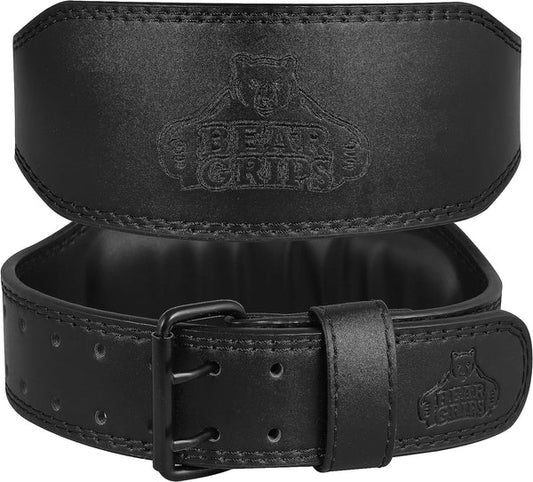
The Complete Guide to Weightlifting Workout Bel...
How to safely maximize your weightlifting lifts with a comprehensive guide to workout belts. Enhance your performance and protect your body effectively."
The Complete Guide to Weightlifting Workout Bel...
How to safely maximize your weightlifting lifts with a comprehensive guide to workout belts. Enhance your performance and protect your body effectively."
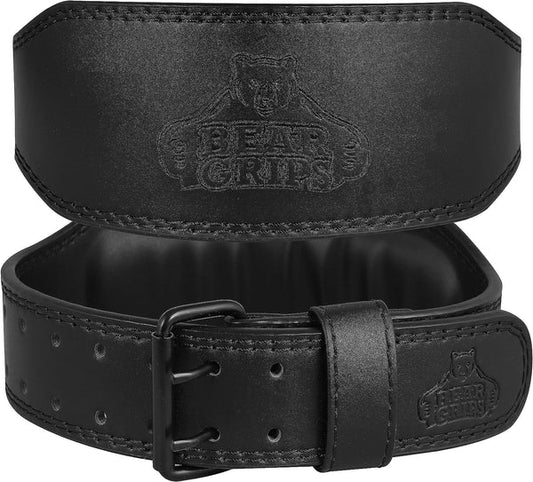
Top 6 Weightlifting Workout Belts: Maximize You...
Learn about the top 6 weightlifting workout belts to elevate your training with optimal support. Achieve peak performance and safety with these top-rated choices.
Top 6 Weightlifting Workout Belts: Maximize You...
Learn about the top 6 weightlifting workout belts to elevate your training with optimal support. Achieve peak performance and safety with these top-rated choices.
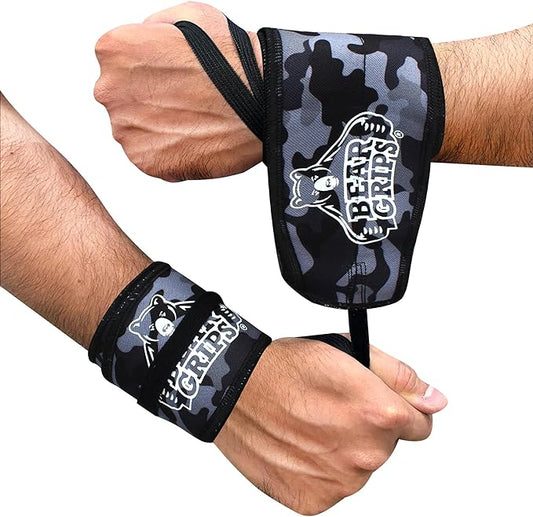
Top Wrist Wraps for Weightlifting: A Guide to S...
Discover the top 10 wrist wraps for weightlifting to boost your training with superior support. Elevate your workouts with the best gear available.
Top Wrist Wraps for Weightlifting: A Guide to S...
Discover the top 10 wrist wraps for weightlifting to boost your training with superior support. Elevate your workouts with the best gear available.
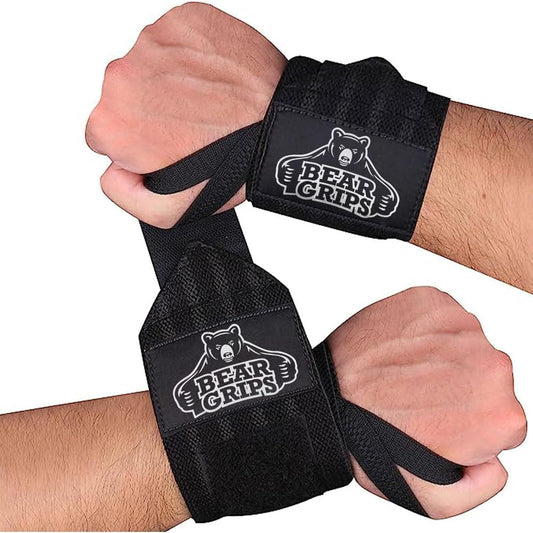
The Ultimate Guide to Wrist Wraps for Weightlif...
A simple guide to select the perfect wrist wraps for weightlifting. Our comprehensive guide offers expert advice to optimize support and performance.
The Ultimate Guide to Wrist Wraps for Weightlif...
A simple guide to select the perfect wrist wraps for weightlifting. Our comprehensive guide offers expert advice to optimize support and performance.
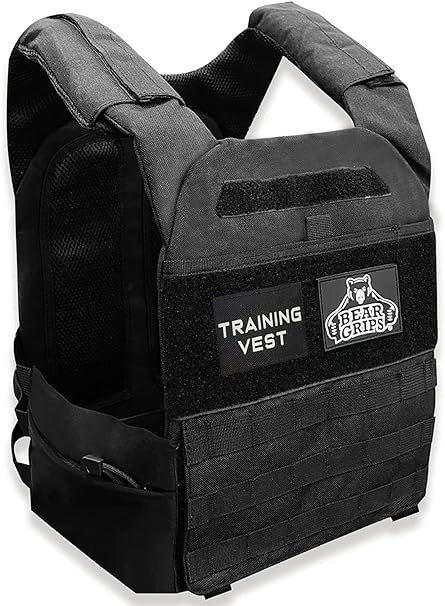
Top Running Weight Vest Benefits For You
Maximize running weight vest benefits with Bear Grips: Discover how adding resistance improves endurance, strength, and calorie burn in our insightful guide.
Top Running Weight Vest Benefits For You
Maximize running weight vest benefits with Bear Grips: Discover how adding resistance improves endurance, strength, and calorie burn in our insightful guide.
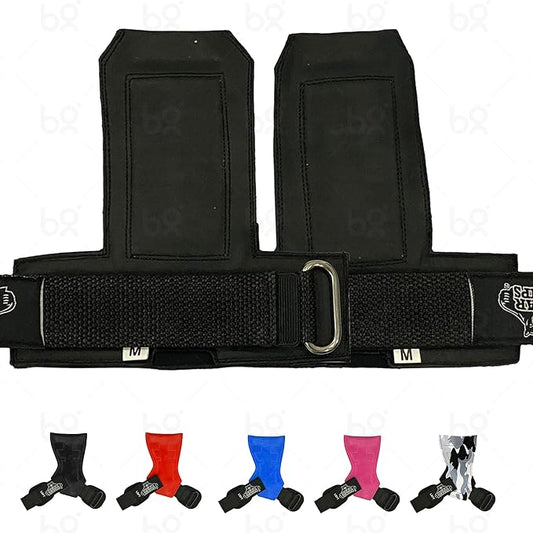
Grip It and Rip It: Top Weight Lifting Grips Re...
2024 Weight Lifting Grips Review: Grip it and rip it with the top picks. Our comprehensive review helps you choose for enhanced grip and performance.
Grip It and Rip It: Top Weight Lifting Grips Re...
2024 Weight Lifting Grips Review: Grip it and rip it with the top picks. Our comprehensive review helps you choose for enhanced grip and performance.


